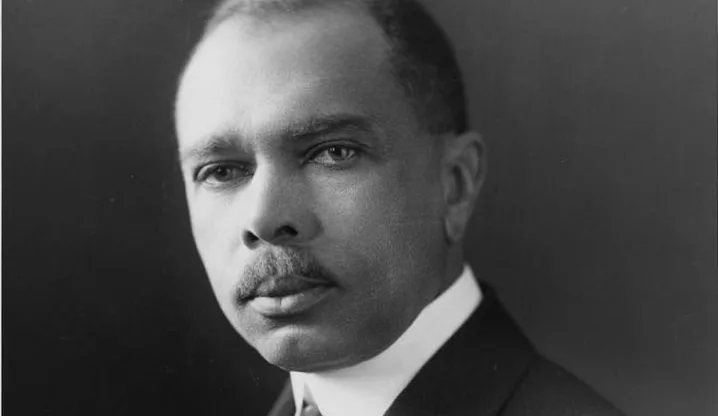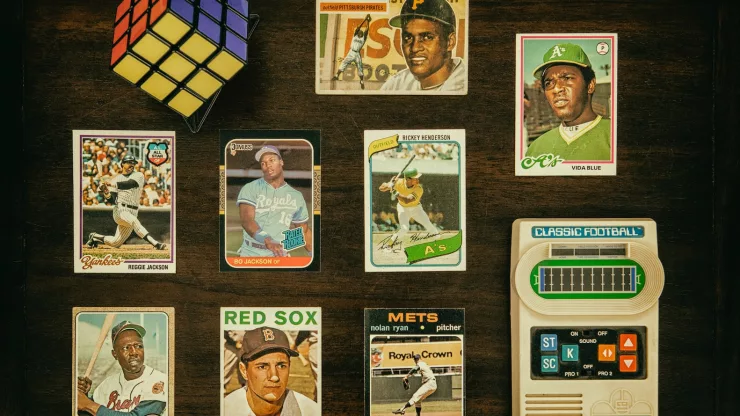The high five is a gesture that is often used to celebrate a victory or achievement.
It is a simple gesture of raising your hand to slap the palm of another person’s hand, but its origin and history are not so simple.
In this article, we will explore the fascinating history of the high five and how it has become an iconic gesture used around the world.
The Origin of the High Five
The high five is believed to have originated in the world of sports, specifically in baseball.
The first recorded high five occurred in 1977 when Dusty Baker of the Los Angeles Dodgers hit his 30th home run of the season, and his teammate Glenn Burke greeted him with an elevated hand.
Burke, who was openly gay, was known for using the gesture to express his flamboyant personality and celebrate his teammates’ successes.

However, the origins of the high five may go back even further than that.
Some believe that it may have started in basketball in the 1920s or even in the military as a form of salute.
Regardless of its origins, the high five quickly became a popular gesture used in various sports and beyond.
The Evolution of the High Five
Over time, the high five has evolved and developed new variations.
For example, the “low five” or “slap five” is a variation of the high five where the hands are lower, and the players slap each other’s hands.
The “air five” is another variation where players clap their hands in the air, rather than physically making contact.
In addition to sports, the high five has also been adopted in other contexts, such as in politics and popular culture.
In 1979, President Jimmy Carter gave a high five to the Prime Minister of Israel, Menachem Begin, during the signing of the Israel-Egypt Peace Treaty.
The high five has also been featured in various movies, TV shows, and songs, cementing its status as a pop culture icon.
The Legacy of the High Five
The high five has become more than just a gesture; it has become a symbol of celebration, achievement, and solidarity.
It has been used to express everything from congratulations to support and even as a form of protest.
In recent years, the high five has been used as a way to show appreciation for essential workers during the COVID-19 pandemic.

The high five has also become a way to promote social causes and raise awareness for various issues.
In 2014, the University of Oregon created the “High Five Challenge” to raise awareness for their sexual violence prevention campaign.
The challenge encouraged students to pledge to not engage in sexual violence and to give high fives instead of engaging in harmful behaviors.
Frequently Asked Questions
Q: Is the high five universal?
A: While the high five is a common gesture used around the world, some cultures may have different variations or may not use it at all.
Q: Who has given the most high fives in history?
A: It is impossible to determine who has given the most high fives in history, but the gesture has been used by millions of people worldwide.
Q: Can the high five be used as a form of protest?
A: Yes, the high five has been used as a form of protest, such as during the Black Lives Matter movement, where protesters raised their hands in a high five to show solidarity.
Conclusion
The high five may seem like a simple gesture, but its history and evolution are far more complex than one might expect.
From its origins in baseball to its recognition in the White House, the high five has become a symbol of celebration, achievement, and solidarity.
The high five’s legacy continues to evolve as it is used to promote social causes and raise awareness for various issues.
Its ability to bring people together and express support has made it a beloved and iconic gesture around the world.
Next time you give someone a high five, remember the fascinating history and legacy behind this simple yet powerful gesture.

I am a fun fact enthusiast and creator of Facts On Tap.
I love to share my knowledge and curiosity with readers and inspire them to learn something new every day.
When I’m not writing, I enjoy traveling, reading, and playing trivia games with my friends.




